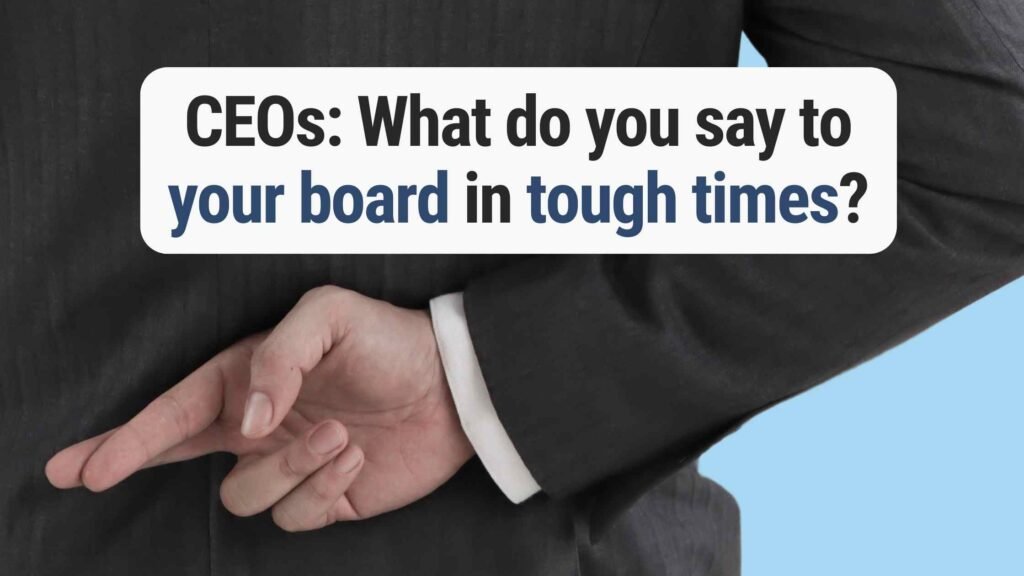CEOs: The way to give negative feedback via email

Emails are easy to misconstrue. In fact, an article in Harvard Business Review says that people have a “negativity bias” with email: email messages tend to sound more negative than the sender intended.
The sender might believe an email is simply stating facts, but somehow the recipient feels put down and criticized. (I hate to break it to you, but this happens all the time.)
Wrong. Apparently, if you’re like some of today’s top leaders, you don’t just let them walk away, you help them to the door. (Um, huh?)
Why do great CEOs encourage star employees to leave?

I hear it all the time: Great talent isn’t easy to find for mortgage technology and service providers. So when you find someone who is just killing it on the job, you hang on tight with both hands, right?
Wrong. Apparently, if you’re like some of today’s top leaders, you don’t just let them walk away, you help them to the door. (Um, huh?)
CEOs: What to say to your board in tough times

Picture this. You have a meeting with the Board, your cashflow is down to six months, and sales projections are down. How do you handle telling your investors?
1. Sugar coat the situation like a jelly doughnut
2. Get in the weeds and give ’em the gory details
3. Blame the guy whose fault it really is…
